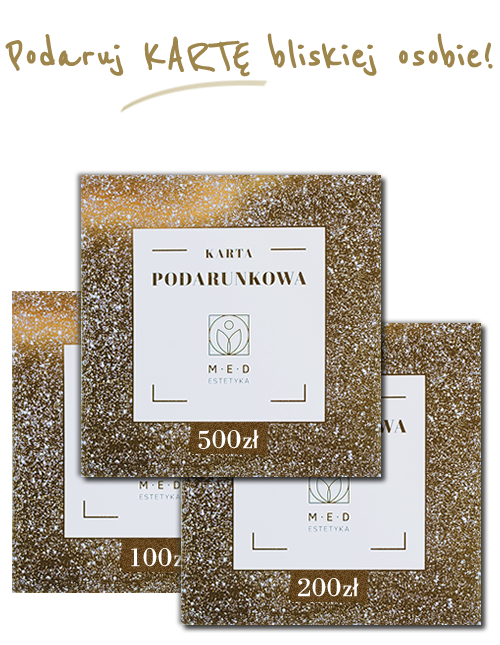Administration of the drug into the joint
Date booking: Required
Referral: Service performed only during a medical visit
Age range: Depends on the doctor - please check the doctor's business card for details
Price list
Chelm
-
Administration of the drug into the joint100PLN | e-Reservation "
+ cost of medical advice
Krasnystaw
-
Administration of the drug into the joint70 - 100PLN | e-Reservation "
+ cost of medical advice
Lublin
-
Administration of the drug into the joint100PLN | e-Reservation "
+ cost of medical advice
Zamosc
-
Administration of the drug into the joint100PLN | e-Reservation "
+ cost of medical advice
Preparation
You should come to the procedure with your own medicine. After the procedure, do not strain the joint for about two days.
Description of the study
The service involves inserting a needle into the affected joint/other structure (e.g., muscle, fascia) so that the drug can be administered topically.
The puncture area is disinfected with a disinfectant. The doctor inserts a sterile needle connected to a syringe into the joint. As it passes through the skin and subcutaneous tissue, the patient feels a sting (as a rule, the pain is not very severe and lasts a short time).
After the puncture (if the patient has his medication), the doctor has the option of administering the drug directly into the joint/muscle, etc. (anti-inflammatory, anesthetic, etc.). After removing the needle, the puncture site is protected with a sterile dressing, which can be removed the same day. It is important to remember not to strain the joint for about two days after the puncture.
The puncture area is disinfected with a disinfectant. The doctor inserts a sterile needle connected to a syringe into the joint. As it passes through the skin and subcutaneous tissue, the patient feels a sting (as a rule, the pain is not very severe and lasts a short time).
After the puncture (if the patient has his medication), the doctor has the option of administering the drug directly into the joint/muscle, etc. (anti-inflammatory, anesthetic, etc.). After removing the needle, the puncture site is protected with a sterile dressing, which can be removed the same day. It is important to remember not to strain the joint for about two days after the puncture.
Indications
- The need to administer anti-inflammatory/anesthetic drugs directly to the affected area,
- arthritis,
- joint pain.
Contraindications
An orthopedic surgeon decides whether an injection can be performed based on the patient's medical history and medical condition. Sometimes contraindications can be:
- signs of infection, such as purulent lesions on the skin around the joint,
- Hemorrhagic diathesis (disorders of the clotting system) and taking certain drugs that reduce blood clotting.


